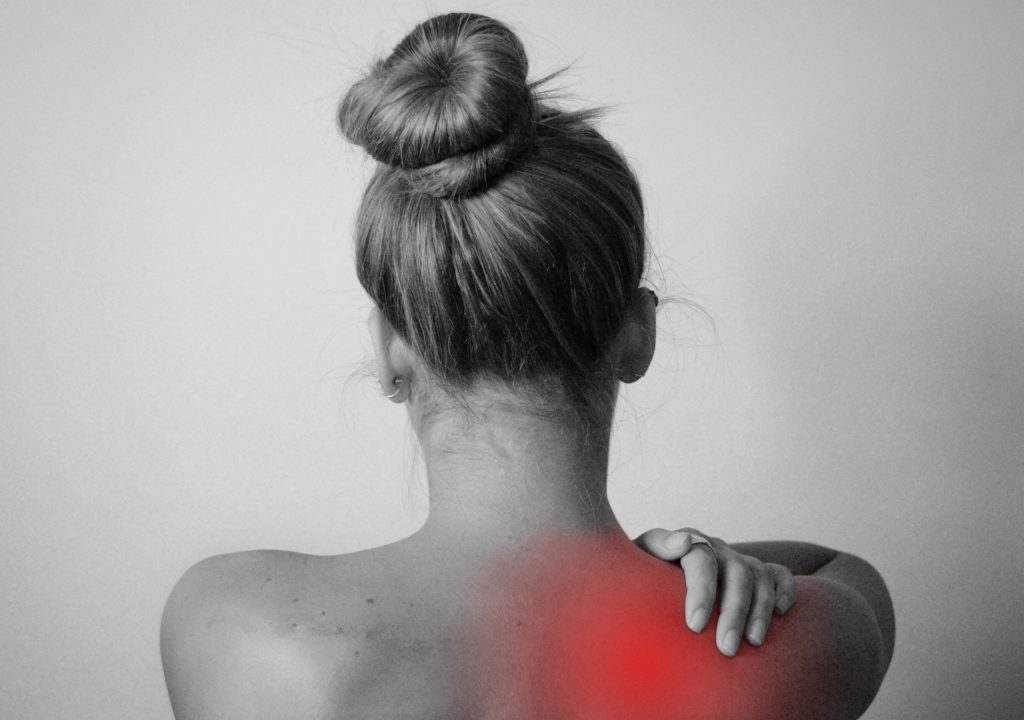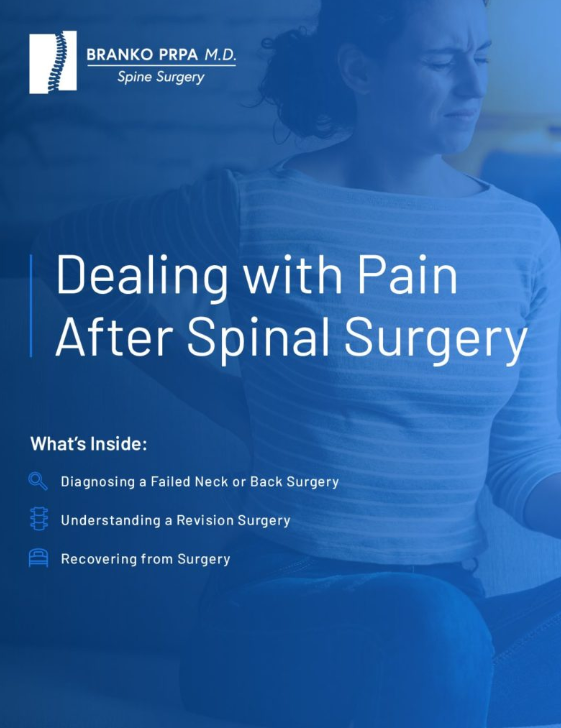Back Pain Statistics 2021

Back pain is one of the most common medical complaints. Discover some notable back pain statistics below to understand the severity of these conditions, the many potential causes and the back and spine treatment options available.
Gender & Back Pain
Back problems are slightly more common in adult women than men; nearly 30% of the adult female adult population suffers from LBP, compared to 25 percent of the adult male adult population (1). Approximately 31% of men acknowledged that their condition affects their employment compared to 20% of women (2).
Sources: 1) CDC, 2) American Physical Therapy Association
Rise in Rare Back & Spine Conditions
The prevalence of rare forms of spine conditions continue to grows; most notably arachnoiditis (11,000 new cases each year (3)), ankylosing spondylitis (US prevalence approximately 0.2% to 0.5% (4)), and transverse myelitis (annually 1.34 to 4.6 cases per million; 1,400 new cases diagnosed each year, with 33,000 having some type of disability resulting from this condition in the US (5)).
Sources: 3) National Organization for Rare Diseases; 4) John Hopkins Arthritis Center; 5) Mayo Clinic;
Back Pain is the Most Common Disability
Nearly 30% of the US population experienced lower back problems in the last three months in 2019, compared to 28% in 1997. For those over the age of 65, in 1997, 29.5% experienced back pain, increasing to 33.7% in 2013(6)
Source 6) Center for Disease Control & Prevention
Age as a Factor in Back Pain
Most lower back issues start between the ages of 30 and 50, and the pain tends to get more common over time, but back pain can happen to people of any age. This is due to the loss of bone strength and osteoporosis (which leads to fractures), loss of flexibility and muscle tone, and a reduction in the fluid and flexibility of the intervertebral discs.(7)
Source: StartStanding.org

